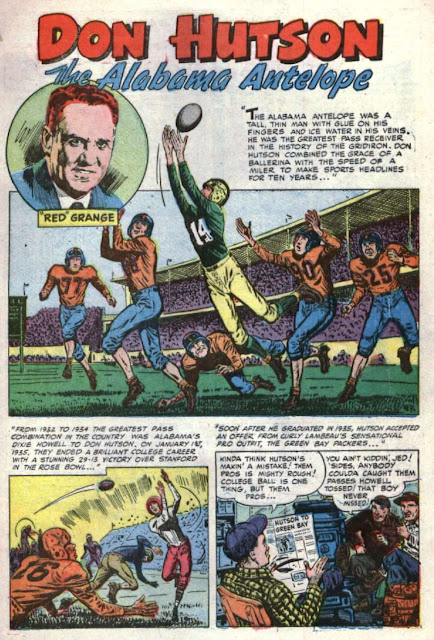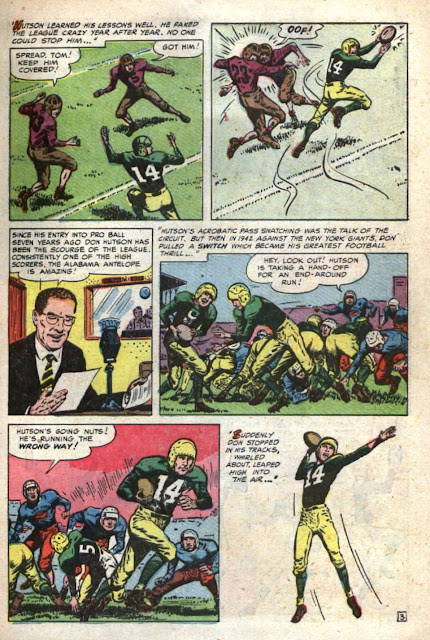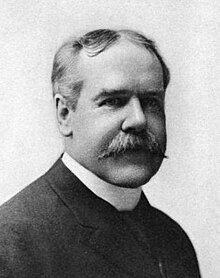In its December 1920 issue the Georgraphical Review published an article entitled "The Black Belt of Alabama". The author was Herdman F. Cleland and under his name was "Williams College." Why was this faculty member at a small private college in Massachusetts writing about a region of Alabama? Let's investigate.
Cleland was born in Milan, Illinois, in July 1869. He graduated from Oberlin College in 1894 and spent several years teaching natural science at Gates College. In 1900 he earned a Ph.D. from Yale University and briefly taught geology at Cornell University. In 1901 he began teaching geology and botany at Williams College where he remained until his death in 1935. He died in the January 24 sinking of the Mallory Line's passenger and cargo vessel Mohawk after a collison with the Norwegian freighter Talisman.
Cleland's article on Alabama's Black Belt is one of his professional publications. Cleland published various other geological articles, including "Some Little-Known Mexican Volcanoes" in Popular Science Monthly in 1907. By 1920 he had also published such articles as "The Effects of Deforestation in New England" in Science in 1910 and "The New England Geological Excursion" in the same journal in 1912. Various other publications related to his expertise followed in the years before his death.
This article focuses on Greensboro as a "typical" town of the Black Belt; about 2000 people lived there at the time. Cleland divides it into several sections:
-A Typical Black Belt Town
-The "Mansion" of the Cotton Planter
-The Poorer Quarters and Negro Cabins
-Main Street and the Old Market
-What is the Black Belt?
-Physiography of the Black Belt
-Early History
-The Plantations
-Social Relations and Culture
-"The Lost Cause"
-Recent Changes in the Black Belt
The article is a fascinating and sympathetic portrait of the region fifty-five years after the end of the Civil War. His final section, "Recent Changes in the Black Belt," is a clear-eyed yet nostaligic attempt to predict the future. You can read it in the final image below. Cleland does not discuss in his article what prompted his interest in the Alabama Black Belt.
Twenty years later Renwick C. Kennedy, a pastor from Camden in Wilcox County, wrote an article called "Alabama Black Belt" published on pages 282-289 of the Fall 1940 issue of the Alabama Historical Quarterly. Kennedy offers a more prickly defense of the area, its history and people.
Herdman F. Cleland, Ph.D. [Yale]
[1869-1935]
Source:
Find-A-Grave


































